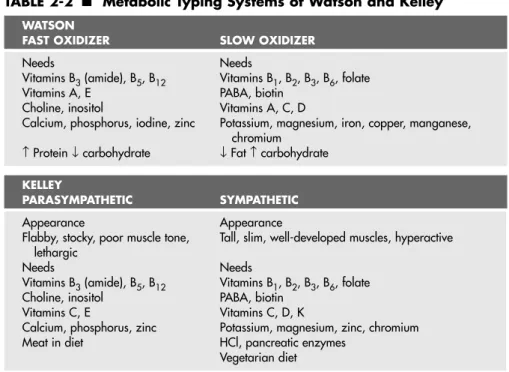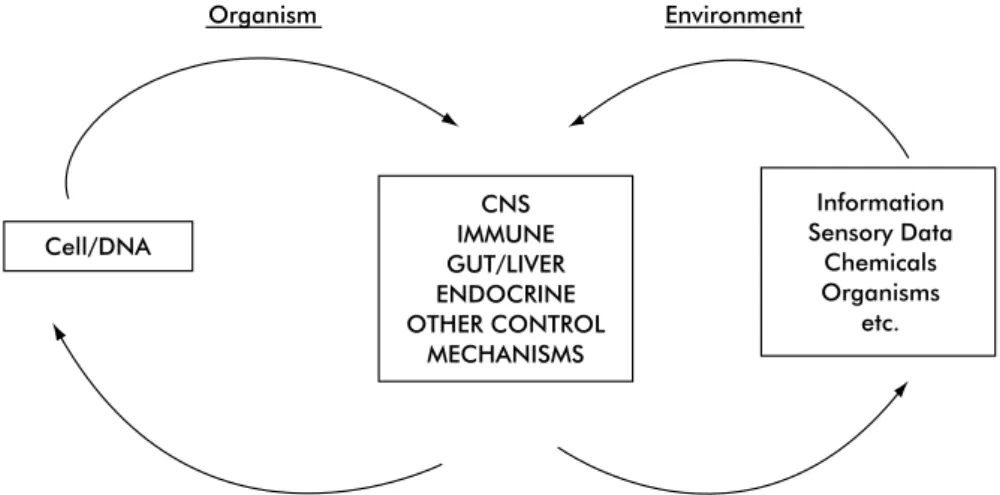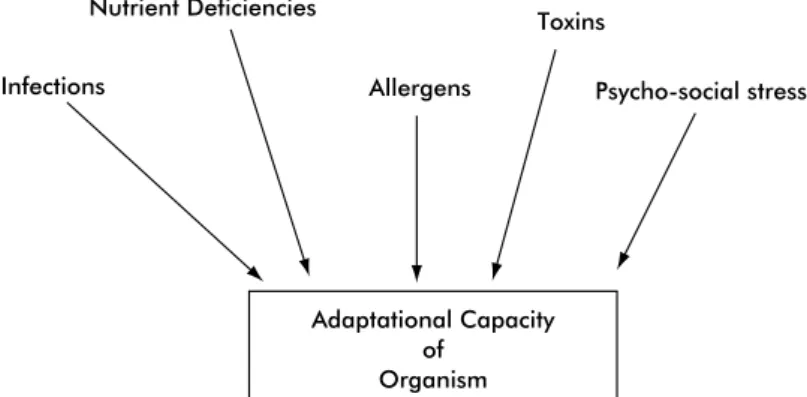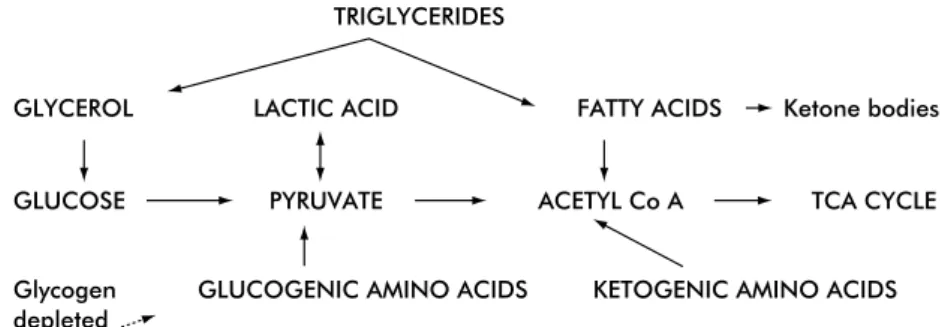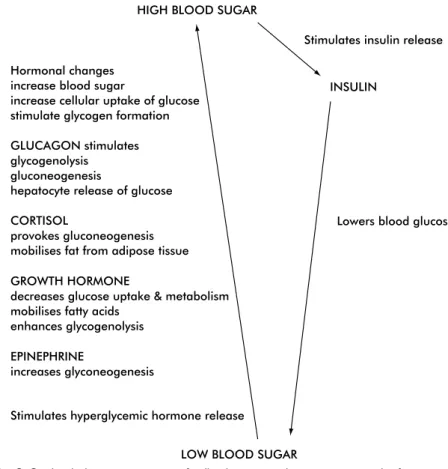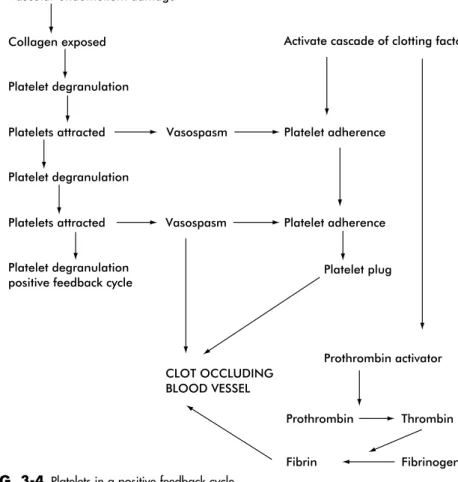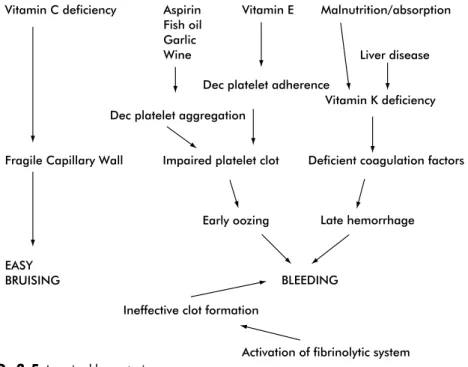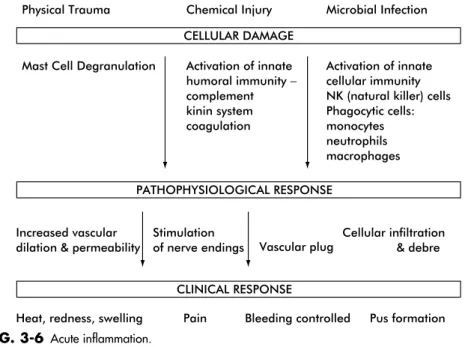The reductionist approach that characterizes the biomedical model is increasingly being adapted to embrace the more holistic interactive approach of the infomedical model. On the other hand, the appropriateness and validity of the single-nutrient approach is questioned. The fundamental virtue of the reductionist approach is that it tends to elucidate cause and effect relationships.
Animal experiments and other laboratory studies meet a number of the criteria required to establish a cause-effect relationship. One of the most serious causes of acute viral infection that I have encountered was Mrs. Hemila H: Vitamin C Supplements and Common Cold Symptoms: Factors Affecting the Magnitude of Benefit, Med Hypotheses.
Giles JT, Palat CT, Chien SH, et al: Evaluation of echinacea for the treatment of the common cold, Pharmacotherapy.
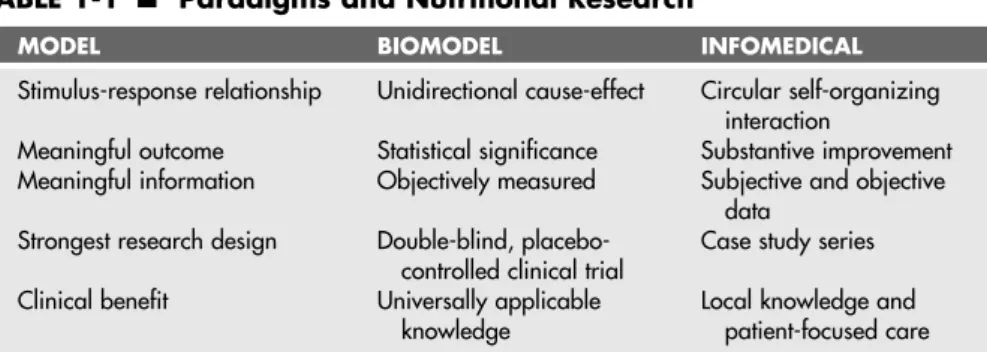
M EDICINE : P ATIENT -C ENTERED C ARE
The greatest success of the blue book method has been the establishment of uniform medical practice and standards. However, research in this area is complicated by the fact that there are only weak correlations between child and adult somatotype. The concept of vis mediatrix naturae is a recognition of this fact and is easily forgotten in this age of "high tech fix".
The control does not actually lie in any particular place; there is only constant adaptation to the demands of the interface between organism and environment. At the end of the day, we will probably be left with the same paradox we face now: the more we know about the microscopic, the more we need to know about the macroscopic (ie the organism in its environment) to provide meaning of that information. In the previously described model of the organism in its environment, health can be defined in a general way as the maintenance of a dynamic stability at the organism-environment boundary with free flow of information across this boundary.
This is the essence of the liberal democratic tradition and should be equally at the heart of medicine.
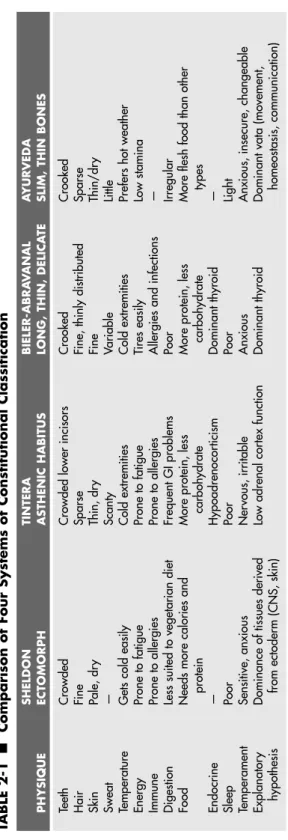
S ELF -R EGULATION
P ATHOPHYSIOLOGIC M ECHANISMS
I NFLUENCING H EALTH AND D ISEASE
Blood glucose levels are the result of the interaction of several systems that combine to stabilize blood glucose levels within a defined range (see Figure 3-3). Symptomatic hypoglycemia appears to be related to the rate of fall in blood glucose levels, the actual blood glucose level, and the intensity of the homeostatic response that attempts to normalize blood glucose levels. The glycemic index of food is influenced by its texture and content (e.g. the physical state of the fiber, the type of carbohydrate present and the presence of fat).6 For example, rice has a lower glycemic index than potatoes because rice has a branched chemical structure and potatoes have a linear chain.
Blood glucose control is improved by selecting foods with a low glycemic index. Unlike blood glucose levels, hemostasis is largely controlled by a positive feedback system. A positive feedback system reinforces the effect of the stimulus and the control mechanism escalates the response.
The cells that dominate the early stages of the inflammatory response are phagocytic cells and natural killer (NK) cells.
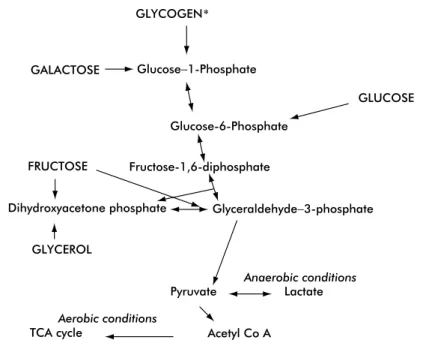
T OWARD N UTRITIONAL H EALTH : C HOOSING F OOD OR S UPPLEMENTS
In the case of drugs, issues such as administering a safe and effective dose must be carefully addressed. The risk of cardiovascular disease and other chronic diseases can be reduced by dietary choices, supplements, or a combination of the two. The clinical impact of discrepancies in the concentration of a nutrient in different supplements is only one consideration.
This is true regardless of whether the source of the nutrient is food or a supplement. Nutrients cause physiological changes, whether they are consumed in the form of a food or a supplement. Although all food groups should be represented in the diet, there is a clear benefit to increasing the intake of certain food groups.
Nutrients are concentrated in the outer part of grains, which is why refining reduces the nutrient content. While flaxseed oil is a good source of ω-3 fatty acids, it is not a source of lignans because most of the lignan is found in the non-oil portion of flaxseed. Functional foods can be the result of selective breeding or improving the plant substrate.
When synthetic supplements are used, more emphasis must be placed on the biologically active form of the nutrient. As seen in Table 3-1 and in the appendices section of this text, a number of appendices are definitely household names. Frank E, Bendich A, Denniston M: Use of vitamin-mineral supplements by female physicians in the United States, Am J Clin Nutr.
Wiseman H: Role of dietary phytoestrogens in protection against cancer and heart disease, Biochem Soc Trans. Meydani M: Effect of functional food ingredients: vitamin E modulation of cardiovascular disease and immune status in the elderly, Am J Clin Nutr 71:1665S-1668S, 2000.
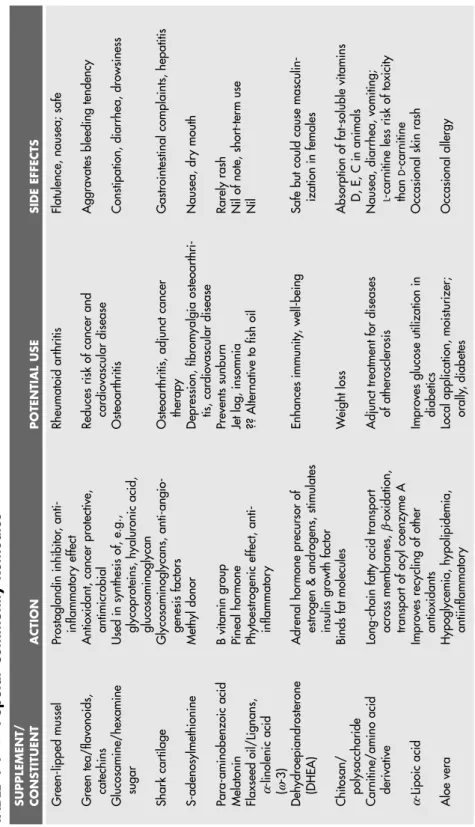
S UPPLEMENTS : P RINCIPLES AND
P RACTICE
Mastroiacovo P, Mazzone T, Addis A, et al: High vitamin A intake and early pregnancy in major malformations: a multicenter prospective controlled study, Teratology. Borel P, Grolier P, Mekki N, et al: Low and high responders to pharmacological doses of beta-carotene: population proportion, mechanisms involved and implications for beta-carotene metabolism, J Lipid Res. Delpre G, et al: Sublingual therapy for cobalamin deficiency as an alternative to oral and parenteral cobalamin supplementation, Lancet.
Pantuck EJ, et al: Effects of dietary protein and carbohydrate content on drug conjugation, Clin Pharmacol Ther. Kall MA, et al: Effects of dietary broccoli or human in vivo drug-metabolizing enzymes: evaluation of caffeine, estrone, and chlorzoxazone metabolism, carcinogenesis. Kalliomaki M, et al: Probiotics in the primary prevention of atopic disease: a randomized placebo-controlled trial, Lancet.
Chia SE, et al: Comparison of blood and seminal plasma zinc concentrations and the different semen parameters between fertile and infertile men. Nasman B, et al: Serum dehydroepiandrosterone sulfate in Alzheimer's disease and multi-infarct dementia, Biol Psychiatry. Cenacchi T, et al: Cognitive decline in the elderly: a double-blind, placebo-controlled, multicenter study of the efficacy of phosphatidylserine administration, AgingApr.
Zhdanova IV, et al: Sleep-inducing effects of low doses of melatonin taken in the evening, Clin Pharmacol Ther. Attenburrow ME, et al: Low-dose melatonin improves sleep in middle-aged healthy subjects, Psychopharmacology. Suh JH, Shigeno ET, Morrow JD, et al: Oxidative stress in the aging rat heart is reversed by dietary supplementation with (R)-(alpha)-lipoic acid, FASEB J.
Voigt RG, Llorente AM, Jensen CL, et al: A randomized, double-blind, placebo-controlled trial of docosahexaenoic acid supplementation in children with attention-deficit/hyperactivity disorder, J Pediatr. Peikert A, et al: Migraine prophylaxis with oral magnesium: results of a prospective, multicenter, placebo-controlled, double-blind, randomized study, Cephalalgia.
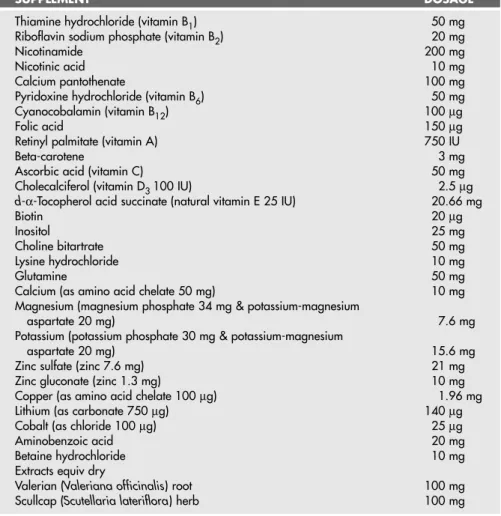
A SSESSMENT OF N UTRITIONAL S TATUS
After obtaining an estimate of dietary intake, one must decide how to process it. The data can be analyzed by a computer or "harvested" for an overall impression of the number of servings from major food groups and the quality of the food eaten. At this point, it's usually helpful to ask about medications and drug use, especially given the frequency and importance of drug-nutrient interactions.
It is not clear which of the common nutritional assessment techniques is more valid due to the lack of comparative data. Surprisingly, there is little information about the relationship between body temperature and health; thus, we must rely on the clinical experience of the few investigators who have examined this topic. The naturopathic literature, as well as some of the metabolic-type methods, place great emphasis on acid-base balance, often suggesting that unhealthy diets produce unfavorable acidic conditions in the body.
Provisional diagnosis, a conventional nosological category, is an essential part of the formulation, although it may have limited explanatory value. It is better to start, for example, in the case of the digestive tract only with those factors that seem necessary based on the history and the results of laboratory tests. It is essential to have a friendly pathologist with whom we can consult in order to put the test results in the context of the overall clinical picture.
3-Hydroxyisovaleric acid is one of the characteristic organic acids secreted in excess when carboxylase activity is impaired due to a. Measurement of the whole blood flavin adenine dinucleotide level can be a useful confirmatory test of long-term status. It is affected by B1, B2 and B3 deficiency; liver and kidney disease; alcohol; high protein intake; stress and genetic polymorphism of the alanine aminotransferase enzyme.
Muscle or bone levels are the best indication of magnesium status, as serum levels can be maintained at the expense of limited supplies. The urinary iodine test is enjoying renewed interest due to the growing realization that there is a return of widespread iodine deficiency in the community.43.
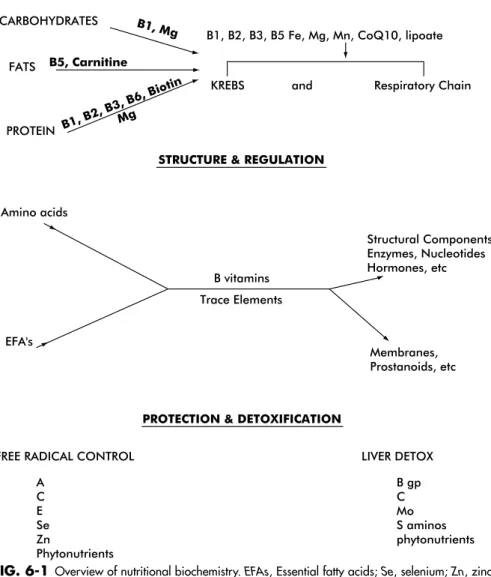
L ABORATORY D IAGNOSIS AND
N UTRITIONAL M EDICINE
PYLORI
Inhibition of the growth of pH sensitive organisms Acetate Possible ↑in Ca & Mg absorption Reduced faecal loss of Ca & Mg. Relaxation of resistance vessels Increased colonic and hepatic venous blood flow Propionate Improved colon muscle contraction Easier laxation, relief from constipation. Relaxation of resistance vessels Increased colonic and hepatic portal venous blood flow Stimulation of colonic electrolyte transport Increased ion and fluid absorption, prevention of diarrhea Colon epithelial proliferation Possibly increased absorption capacity.
Colonocyte metabolism Maintenance of mucosal integrity, repair of diversion and ulcerative colitis, proliferation of colonocytes. Stimulation of colonic electrolyte transport Increased ion and fluid absorption, prevention of diarrhea Topping DL: Short-chain fatty acids produced by intestinal bacteria, Asia Pacific J Clin Nutr. Gamma-linoleic acid (GLA) (n-6) – evening primrose oil, borage oil Alpha-linolenic acid (ALA) (n-3) – linseed oil, pumpkin seed oil, prebiotics and probiotics.
The process by which patients become colonized is still under investigation, and the process by which a colonized individual becomes infected remains unclear.40. The problem with this approach is risk and discomfort for the patient. Vitamin E Vitamin C Pantothenic Acid Folic Acid Glycyrrhiza Gamma Oryzanol Slippery Elm Aloe Vera Cat's Claw Selenium Carotenoids N-Acetyl Cysteine Bioflavonoids.
